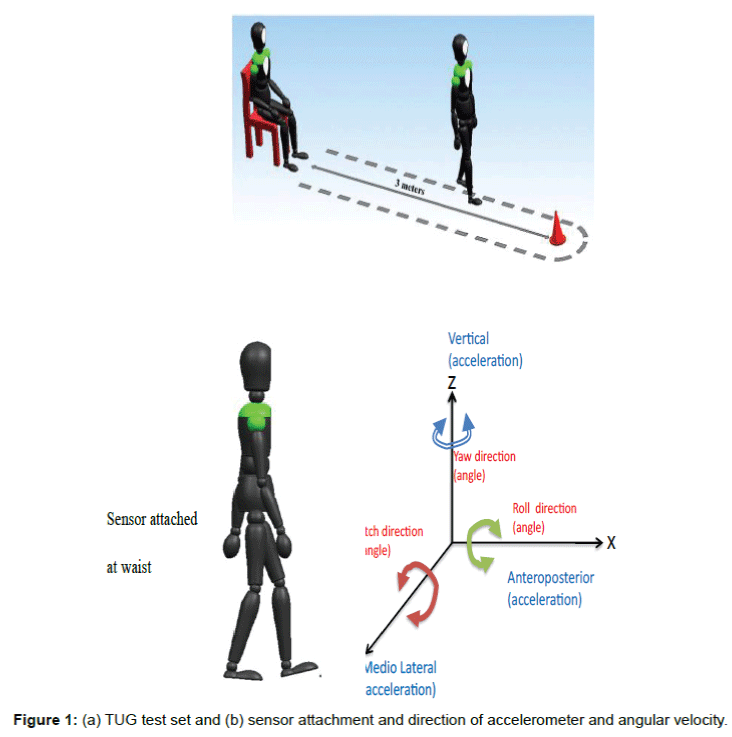


You'll sit in a chair with your arms crossed over your chest. If it takes you 12 seconds or more, it may mean you are at higher risk for a fall. Your health care provider will check how long it takes you to do this. You'll start in a chair, stand up, and then walk for about 10 feet at your regular pace.

Do you feel unsteady when standing or walking?ĭuring an assessment, your provider will test your strength, balance, and gait, using the following fall assessment tools:.Interventions are recommendations that may reduce your risk of falling.ĭuring the screening, you may be asked several questions including: STEADI includes screening, assessing, and intervention. Many providers use an approach developed by the CDC called STEADI (Stopping Elderly Accidents, Deaths, and Injuries). What happens during a fall risk assessment? Other names: fall risk evaluation, fall risk screening, assessment, and intervention These tools test your strength, balance, and gait (the way you walk). A set of tasks, known as fall assessment tools.
Tug balance test series#
This includes a series of questions about your overall health and if you've had previous falls or problems with balance, standing, and/or walking. In fact, falls are a leading cause of death in older adults.Ī fall risk assessment checks to see how likely it is that you will fall. These range from mild bruising to broken bones, head injuries, and even death. These include mobility problems, balance disorders, chronic illnesses, and impaired vision. There are many factors that increase the risk of falling in older adults. In the United States, about a third of older adults who live at home and about half of people living in nursing homes fall at least once a year. Falls are common in adults 65 years of age and older.


 0 kommentar(er)
0 kommentar(er)
